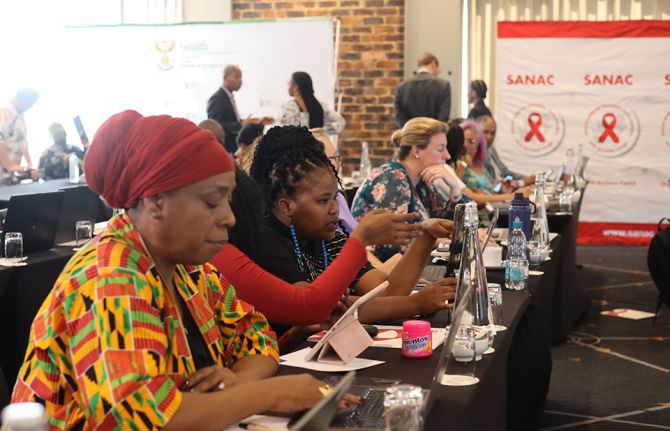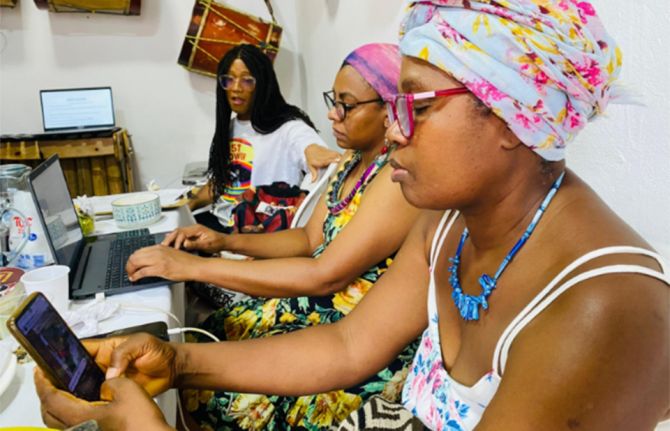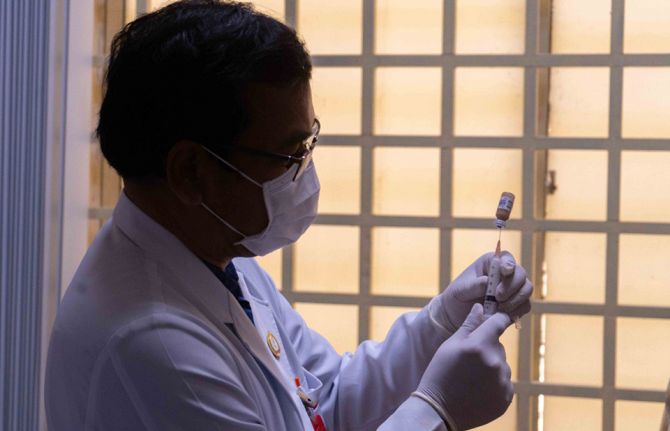

Update
New HIV infections rising in Latin America―key populations particularly affected
14 October 2019
14 October 2019 14 October 2019Although several countries in Latin America have shown impressive declines in HIV incidence, the number of new HIV infections in the region increased by 7% between 2010 and 2018, with 100 000 people contracting HIV in 2018.
Roughly half of the countries in the region saw increases in incidence between 2010 and 2018, with the largest increases occurring in Brazil (21%), Costa Rica (21%), the Plurinational State of Bolivia (22%) and Chile (34%). At the same time, there were impressive declines in El Salvador (–48%), Nicaragua (–29%) and Colombia (–22%).
Forty per cent of new HIV infections in Latin America in 2018 occurred among gay men and other men who have sex with men―key populations and their sexual partners account for the majority of new infections in the region.



